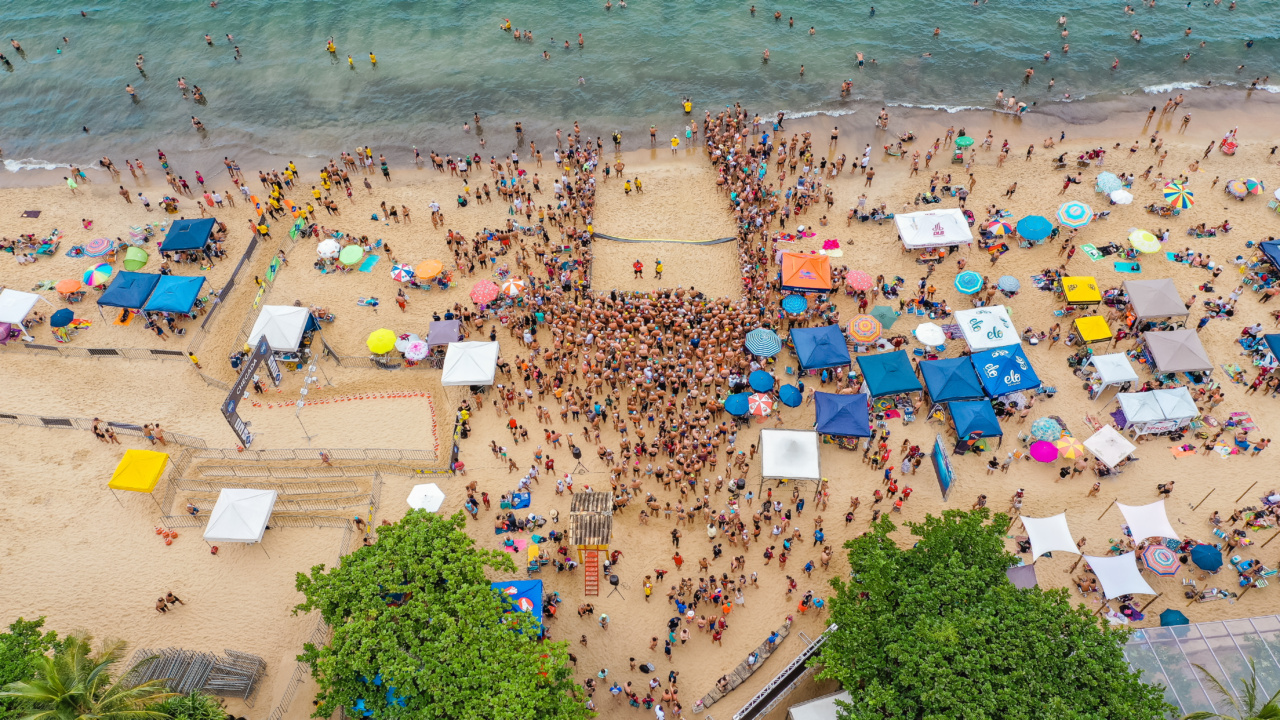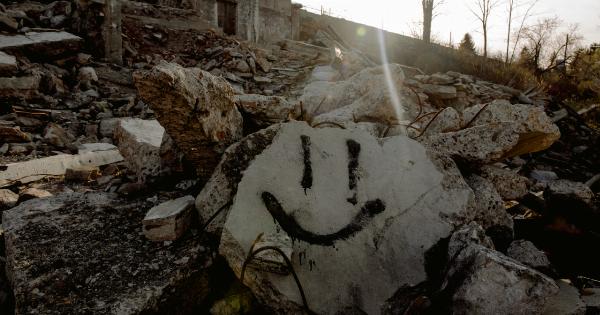Sunbathing is a popular activity for people who enjoy basking in the sun and getting a tan. However, exposure to the sun’s ultraviolet (UV) rays can cause skin damage, premature aging, and even increase the risk of skin cancer.
If you’re planning a day out in the sun, it’s important to know when the worst sunbathing times of day are so you can plan accordingly and protect yourself from the harmful effects of the sun.
What are the worst sunbathing times of day?
H2: 10am to 4pm
According to the American Academy of Dermatology (AAD), the worst time to sunbathe is between 10am and 4pm. During this time, the sun’s UV rays are the strongest, and the risk of sunburn and skin damage is the highest.
If you’re planning on spending time outdoors during these hours, it’s essential to use sunscreen with a high SPF, wear protective clothing, and seek shade whenever possible.
H2: Noon
Noon is considered the peak time for UV radiation, as the sun is directly overhead. According to the World Health Organization (WHO), the UV index is usually at its highest around noon, especially during the summer months.
This means that exposure to the sun during this time can cause severe skin damage and increase the risk of skin cancer. It’s best to avoid sunbathing during this time, or if you must be outside, seek shade under an umbrella or tree.
H2: Hazy or cloudy days
Many people believe that they don’t need to worry about sun protection on cloudy or hazy days. However, this is a common misconception – UV rays can penetrate through clouds and haze, even on overcast days.
In fact, according to the Skin Cancer Foundation, up to 80% of the sun’s UV rays can penetrate through clouds. This means that even if it’s not sunny outside, you still need to protect your skin from the sun’s harmful rays.
H2: Reflection
Reflection is another factor that can increase the risk of skin damage and sunburn. When sunlight hits surfaces such as water, sand, or concrete, it can reflect and intensify the UV radiation.
This can increase the risk of skin damage and sunburn, even if you’re in the shade. If you’re near a reflective surface, it’s essential to wear protective clothing, a hat, and use sunscreen with a high SPF.
H2: Altitude
If you plan to sunbathe in the mountains, be aware that altitude can also increase the risk of sun damage. As you climb higher, the atmosphere becomes thinner, and there is less protection from the sun’s UV rays.
This means that you’re at a higher risk of skin damage and sunburn, even on cloudy or hazy days. If you’re planning on spending time in the mountains, it’s essential to use sunscreen with a high SPF and wear protective clothing.
H2: Medications
Some medications can also increase your skin’s sensitivity to the sun’s UV rays, making you more prone to skin damage and sunburn. These medications include antibiotics, antidepressants, and diuretics, among others.
If you’re taking medication and plan to sunbathe, be sure to check with your healthcare provider about any potential side effects of your medication.
H2: Geographical location
Geographical location can also impact the strength of the sun’s UV rays and affect the worst times to sunbathe.
For example, if you’re in a location closer to the equator, the sun’s UV rays are more intense year-round, and the risk of skin damage is significantly higher. It’s essential to tailor your sun protection measures based on your location and the UV index.
H2: Skin type
Your skin type can also affect the worst times to sunbathe. People with fair skin, red or blonde hair, and blue or green eyes are more susceptible to skin damage and sunburn from the sun’s UV rays.
If you have fair skin, you may need to take extra precautions when sunbathing, such as using sunscreen with a higher SPF or seeking shade more often.
H2: Age
Just like our skin type, our age can also impact the worst times to sunbathe. As we age, our skin becomes thinner and more delicate, making us more susceptible to sun damage and skin cancer.
Older adults may need to be more cautious about sun exposure and consider sun-protective clothing, hats, and sunglasses.
Conclusion
Sunbathing is a popular pastime, but it’s essential to protect yourself from the harmful effects of the sun’s UV rays.
The worst times to sunbathe are generally between 10am and 4pm, on reflective surfaces, and when the UV index is at its highest. However, there are other factors to consider, such as altitude, medication use, and skin type. By taking the necessary precautions, you can enjoy the sun safely while minimizing the risk of skin damage and sunburn.




























